percentage of silica in quartz stone
2020-03-02T19:03:52+00:00
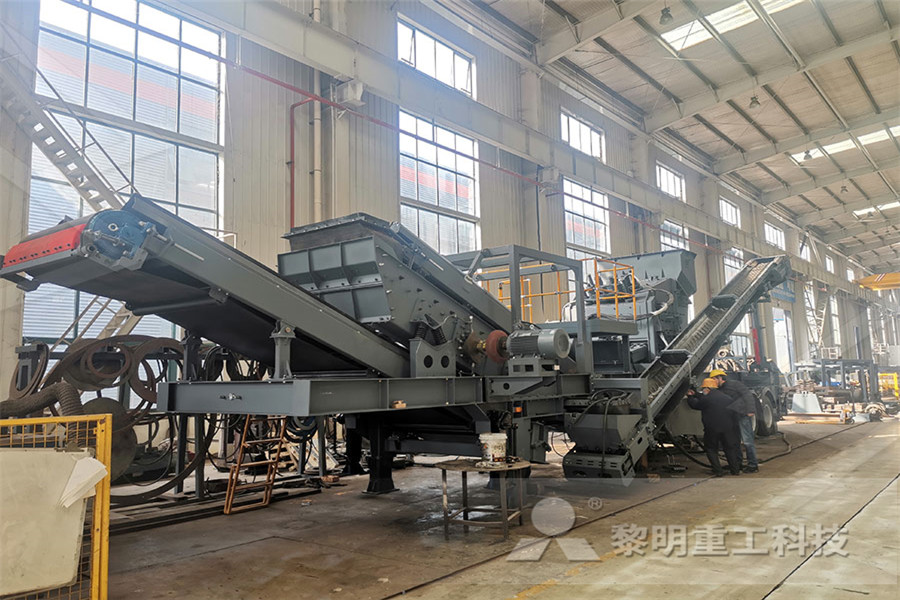
Percentage Of Silica In Quart Stone
Silica Dust Crystalline In The Form Of Quartz The most abundant form of silica is quart and the term quart is often used in place of the general term crystalline silica NIOSH 2002 11 Identification of the agent Quart is the thermodynamically stable form of crystalline silica in ambient conditions It's normal to calculate the percentage of any component into a formula by weight, because you're dosing it just by weight into the mixers Of course, its specific weight is important to calculate the same percentage by volume Engineered Stone has a specific weight of approx 2,400kg/m3, resin is 1,120kg/m3 and quartz is 2,650kg/m3Cosentino cuts the crystalline silica content of Silestone 50% silica The table below describes typical silica/ quartz content of common natural and engineered stones Note that silica/quartz content will vary among stone varieties, and the exact content can be determined by petrographic and Xray diffraction analysis on each rock Stone Average %Hazard Alert: Worker Exposure to Silica during
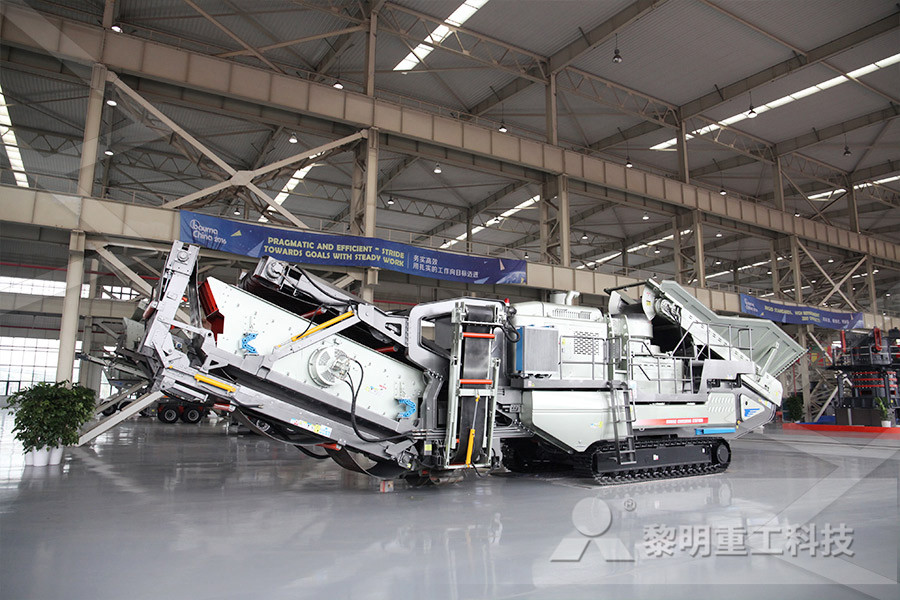
Difference Between Silica and Quartz Compare the
Silica is needed for healthy maintenance of bones, cartilages, nails, tendons, teeth, skin, blood vessels, etc It is naturally present in water, carrot, bread, cornflakes, white rice, banana, raisin, etc Also, silica is widely used in ceramic, glass and cement industries Quartz Quartz is the mineral that contains silicon dioxide (SiO 2 Quartz countertops are maintenancefree Silestone quartz comes out as the winner for this one since it is an extremely nonporous counter that can easily resist spills and ultimately stains On the other hand, a porous stone like granite needs to be sealed at least once a year to keep it protectedWhat percentage of quartz is in Silestone? Silica (quartz): Silica, SiO 2, is a chemical compound that is composed of one silicon atom and two oxygen atoms It appears naturally in several crystalline forms, one of which is quartz Silica Quartz A colorless, ordorless crystal found in different colors such as white, green, black, purple It will not burn to the touch but can cause cancerSilica (quartz) Silica, SiO2 Cal State LA
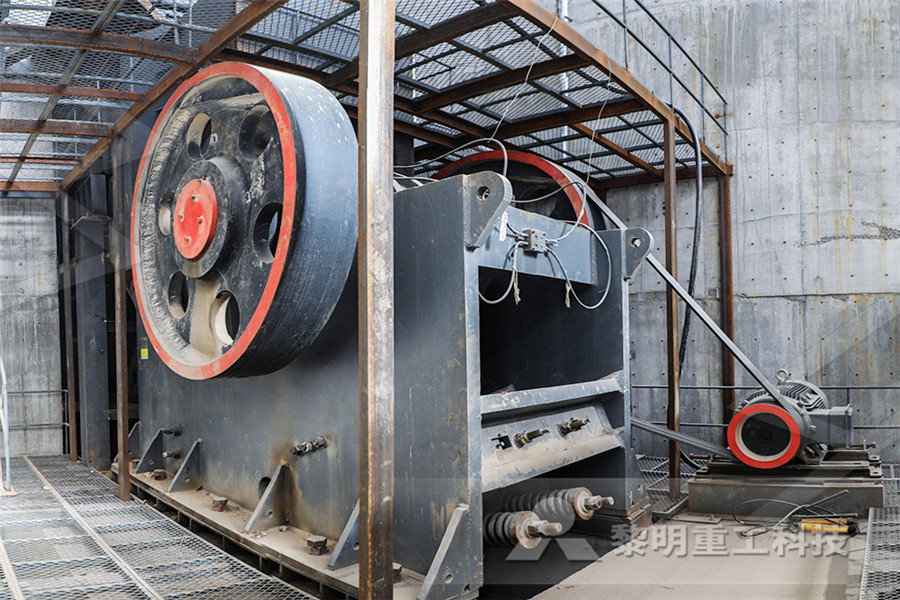
RESPIRABLE CRYSTALLINE SILICA: THE FACTS
crystalline silica, although silicosis and other lung diseases are also a concern where control measures are poor The minerals quartz, cristobalite and tridymite are crystalline forms of silicon dioxide that are found naturally around the world Quartz is in most rocks, but most particularly in sandstone and granite – quartz is just yellow sand Natural Graphite – Quartz (Crystalline Silica) is a natural impurity found within graphite In reviewing available SDSs, the content is typically listed from 05% of the product Talc – This commonly encountered material can contain quantities of crystalline silica quartz, though most varieties are advertised as silicafree Still, an SDS Beyond Sand and Stone 10 Surprising Sources of Potential Occupational exposure to silica occurs at workplaces in factories like quartz crushing facilities (silica flour milling), agate, ceramic, slate pencil, glass, stone quarries and mines, etc, Nonoccupational exposure to silica dust can be from industrial sources in the vicinity of the industry as well as nonindustrial sourcesNonoccupational exposure to silica dust
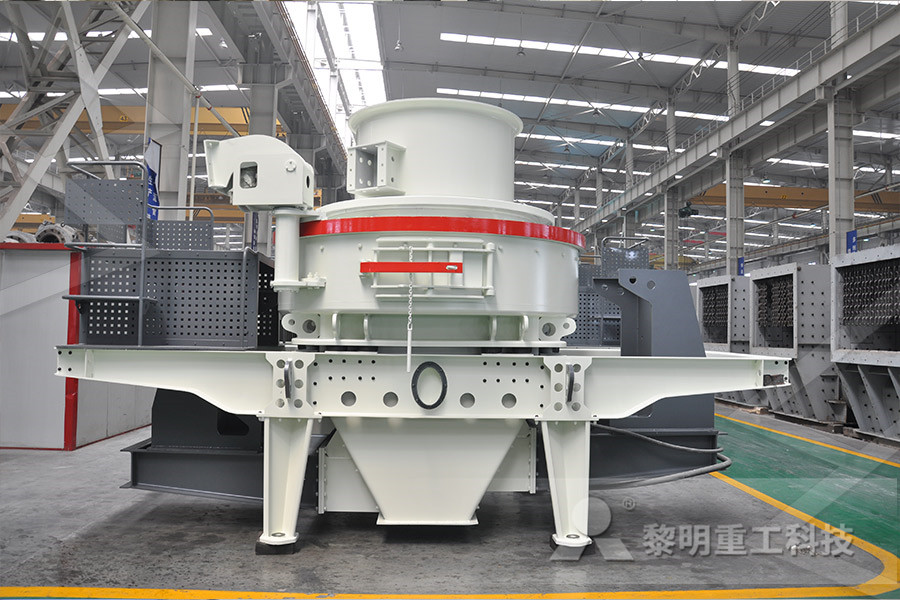
Percentage Of Silica In Quart Stone
Silica Dust Crystalline In The Form Of Quartz The most abundant form of silica is quart and the term quart is often used in place of the general term crystalline silica NIOSH 2002 11 Identification of the agent Quart is the thermodynamically stable form of crystalline silica in ambient conditions 2002] Granite has been reported to contain between 2% and 60% quartz, a type of crystalline silica, by volume [Phillips et al 2013] In contrast, engineered stone can contain a higher percentage of quartz; it can potentially contain over 90% crystalline silica [OSHA 2015a]Evaluation of Crystalline Silica Exposure during The quality of the silica in each industry should has a certain definition The chemical composition, mineralogical structure, and the physical properties of silica determine the quality and area of the use of that The chemical composition of silica is the percentage of SiO 2 and other oxides present in the stone If these percentages exceed a Silica Quartz Zarrin Shen
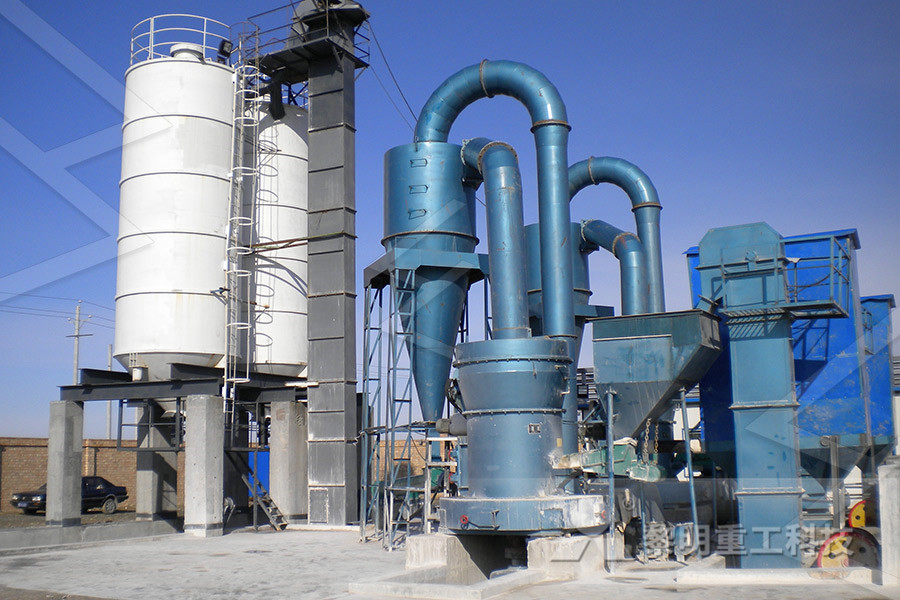
What percentage of quartz is in Silestone?
Quartz countertops are maintenancefree Silestone quartz comes out as the winner for this one since it is an extremely nonporous counter that can easily resist spills and ultimately stains On the other hand, a porous stone like granite needs to be sealed at least once a year to keep it protected Silica (quartz): Silica, SiO 2, is a chemical compound that is composed of one silicon atom and two oxygen atoms It appears naturally in several crystalline forms, one of which is quartz Silica Quartz A colorless, ordorless crystal found in different colors such as white, green, black, purple It will not burn to the touch but can cause cancerSilica (quartz) Silica, SiO2 Cal State LA QUARTZ OTHER SILICA MINERALS 42 Quartz Other Silica Minerals T he term 'quartz' is often referred to as a synonym for silica Silica (SiO 2) is one of the ubiquitous materials in the earth's crust Quartz, quartz crystals, quartzite, silica sand, sand (others) and moulding sand are all coined together in one generic name 'silica minerals'Quartz other Silica Minerals 2015 ibmnic
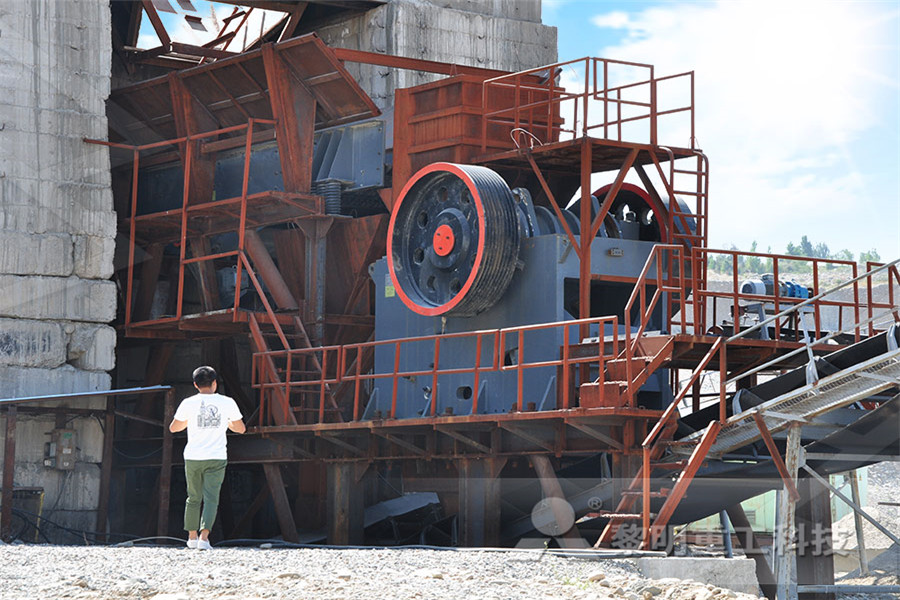
RESPIRABLE CRYSTALLINE SILICA: THE FACTS
crystalline silica, although silicosis and other lung diseases are also a concern where control measures are poor The minerals quartz, cristobalite and tridymite are crystalline forms of silicon dioxide that are found naturally around the world Quartz is in most rocks, but most particularly in sandstone and granite – quartz is just yellow sand An abundant natural material, crystalline silica is found in stone, soil, and sand It is also found in concrete, brick, mortar, and other construction materials Crystalline silica comes in several forms, with quartz being the most common Quartz dust is respirable crystalline silicaCrystalline Silica CancerCausing Substances National Natural Graphite – Quartz (Crystalline Silica) is a natural impurity found within graphite In reviewing available SDSs, the content is typically listed from 05% of the product Talc – This commonly encountered material can contain quantities of crystalline silica quartz, though most varieties are advertised as silicafree Still, an SDS Beyond Sand and Stone 10 Surprising Sources of Potential
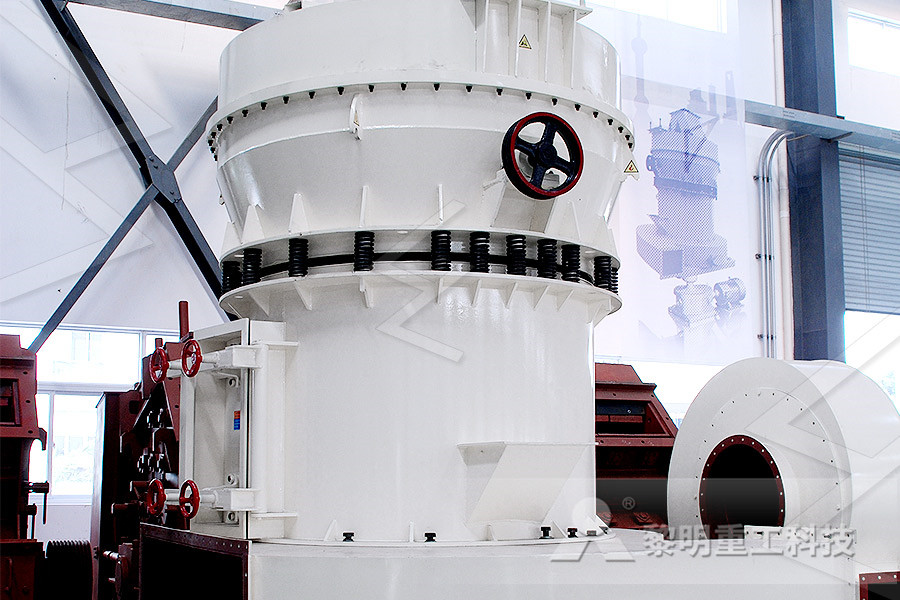
8 Things You Don't Know About Quartz Countertops
In most quartz countertops some quartz is present About 10 percent of the material volume in a quartz countertop isn't stone at all, but rather a polymeric or cementbased binder And the other 90 percent? Crushed up waste granite, marble, and natural stone or recycled industrial wastes such as ceramic, silica, glass, mirrors, etc 2002] Granite has been reported to contain between 2% and 60% quartz, a type of crystalline silica, by volume [Phillips et al 2013] In contrast, engineered stone can contain a higher percentage of quartz; it can potentially contain over 90% crystalline silica [OSHA 2015a]Evaluation of Crystalline Silica Exposure during The quality of the silica in each industry should has a certain definition The chemical composition, mineralogical structure, and the physical properties of silica determine the quality and area of the use of that The chemical composition of silica is the percentage of SiO 2 and other oxides present in the stone If these percentages exceed a Silica Quartz Zarrin Shen

What percentage of quartz is in Silestone?
Quartz countertops are maintenancefree Silestone quartz comes out as the winner for this one since it is an extremely nonporous counter that can easily resist spills and ultimately stains On the other hand, a porous stone like granite needs to be sealed at least once a year to keep it protected QUARTZ OTHER SILICA MINERALS 42 Quartz Other Silica Minerals T he term 'quartz' is often referred to as a synonym for silica Silica (SiO 2) is one of the ubiquitous materials in the earth's crust Quartz, quartz crystals, quartzite, silica sand, sand (others) and moulding sand are all coined together in one generic name 'silica minerals'Quartz other Silica Minerals 2015 ibmnic An abundant natural material, crystalline silica is found in stone, soil, and sand It is also found in concrete, brick, mortar, and other construction materials Crystalline silica comes in several forms, with quartz being the most common Quartz dust is respirable crystalline silicaCrystalline Silica CancerCausing Substances
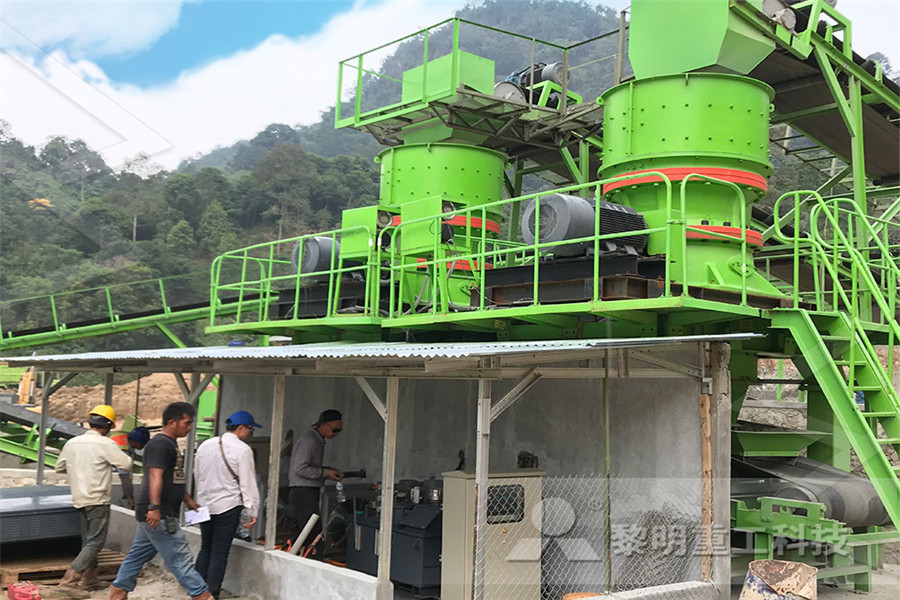
RESPIRABLE CRYSTALLINE SILICA: THE FACTS
crystalline silica, although silicosis and other lung diseases are also a concern where control measures are poor The minerals quartz, cristobalite and tridymite are crystalline forms of silicon dioxide that are found naturally around the world Quartz is in most rocks, but most particularly in sandstone and granite – quartz is just yellow sand Crystalline silica is found in sand, stone, concrete and mortar When workers cut, crush, drill, polish, saw or grind products containing silica, dust particles are generated that are small enough to lodge deep in the lungs and cause illness or disease including silicosisCrystalline silica and silicosis Safe Work Australia Natural Graphite – Quartz (Crystalline Silica) is a natural impurity found within graphite In reviewing available SDSs, the content is typically listed from 05% of the product Talc – This commonly encountered material can contain quantities of crystalline silica quartz, though most varieties are advertised as silicafree Still, an SDS Beyond Sand and Stone 10 Surprising Sources of
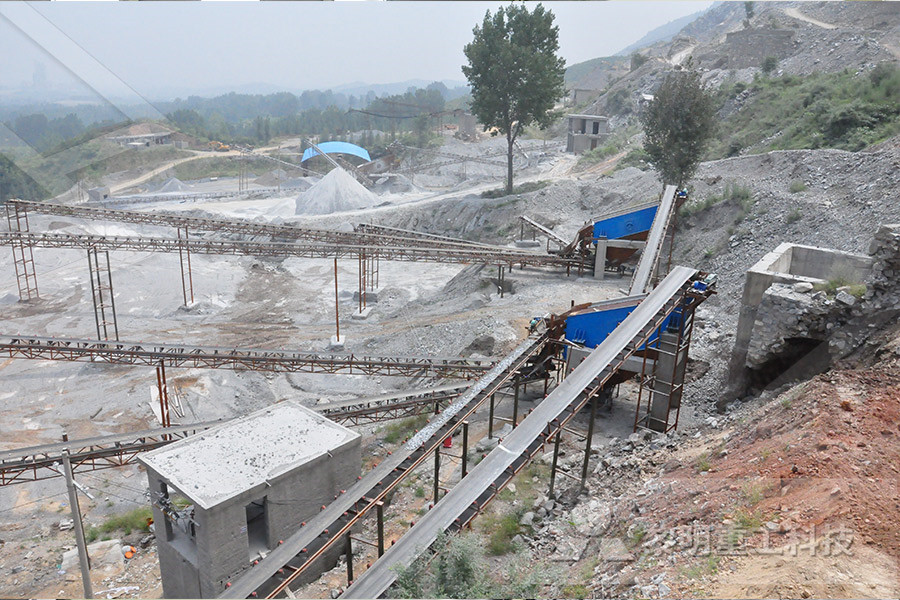
8 Things You Don't Know About Quartz Countertops
In most quartz countertops some quartz is present About 10 percent of the material volume in a quartz countertop isn't stone at all, but rather a polymeric or cementbased binder And the other 90 percent? Crushed up waste granite, marble, and natural stone or recycled industrial wastes such as ceramic, silica, glass, mirrors, etc Occupational exposure to silica occurs at workplaces in factories like quartz crushing facilities (silica flour milling), agate, ceramic, slate pencil, glass, stone quarries and mines, etc, Nonoccupational exposure to silica dust can be from industrial sources in the vicinity of the industry as well as nonindustrial sourcesNonoccupational exposure to silica dust
industry cement industry vertical roller mills
crusher mills in egypt
granite and marble saw and tools in south africa
Coal Conveyor Systems Manufacturers From Africa
gypsum ore processing plant manufacturers samac
bentonite mine crushing equipments in India
ne crusher spokane
Stone Crusher Machinedubaiused
Carbon Dioxide Emission Factors For Coal
table top hammer mill for sale
mobile stone crusher in south africa
development of capitalist mining in lonial in lonial zimbabwe in 1920s
hammer mills in nairobi prices
V Belt Pulley For Parker Crusher
carbon powder crusher machine in Chile
Grinding Pet Supplier
Cone Crusher Tmcne Crusher Ton
what techniques are used in open cut mining
used york portable machine tools
Gold Mining And Ore Processing Flowchart
mining equipment manufacturer russia
nveyor china Transportation
introduction of industrial grinding feed mill plant
horizontal small volume ball mill planetary type
Vertical Boring Machine
Good reputation lead crusher plant for sale
new design gold mining equipment
Powder Grinding Sale
mobile aggregate crusher dust
stone crusher tph capacity made by









